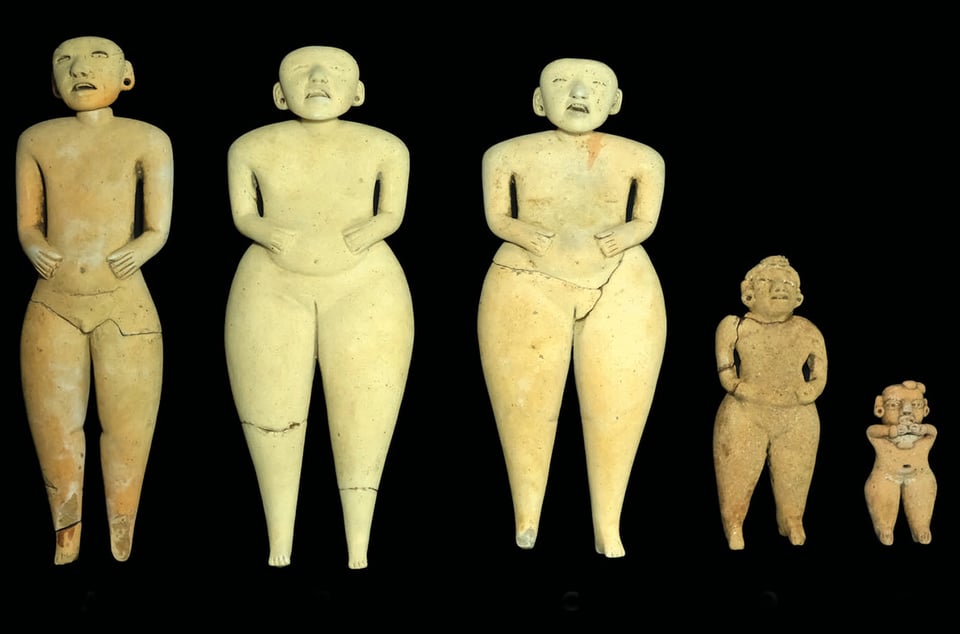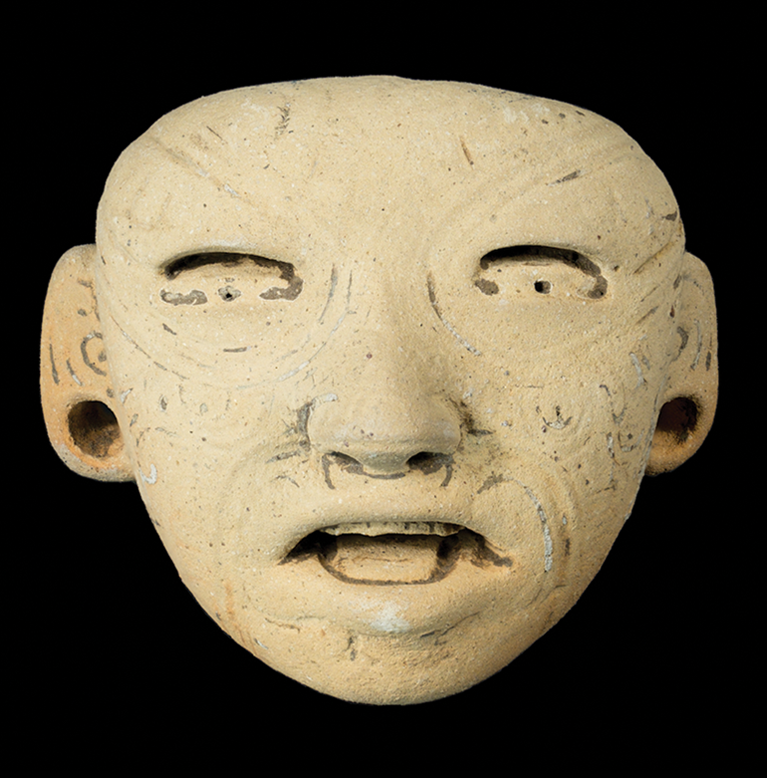Back on the puppet beat
This time in Mesoamerica
Less than two months to go until my book APOCALYPSE: How Catastrophe Transformed Our World and Can Forge New Futures will be on bookstore shelves everywhere! You can help make that dream happen by preordering it today.
I haven’t written a news story in a while! Is something I’ve said every six to twelve months for the past three years or so. I found it difficult, bordering on impossible, to combine serious book writing and faster, more news-y reporting. It wasn’t so much a time management issue, but more of a “not derailing my subconscious” issue. But now, book writing is done (don’t forget to preorder!), and I’m returning to work that feels familiar and, blessedly, like something I know how to do.
This week, I wrote about a group of figurines discovered buried on top of a pyramid in El Salvador that’s at least 2,400 years old. Some of the figurines’ heads are detachable, with holes in their necks and the top of their heads. From the story: “By running a string through the holes, [archaeologist Jan] Szymański quickly realized, the figurines could be made to turn their heads from side to side while they appeared to sing, chant, or talk. In other words, they may have been ancient marionettelike puppets, researchers report this week in Antiquity.

Reading the paper, I turned into this: 😍 Heart-eyes intensified when I got to the part about how the puppets likely wore clothes (!!!!) and possibly had different costumes to play various characters, depending on the performance. Based on comparisons to similar figurines with clothes and hairstyles incised directly into the clay, researchers think the puppets probably even wore tiny little wigs!!!!! 😍😭😍 I love them so much.

It’s difficult, at this point, to draw much scientific significance from of the puppets, as very little is known about the site in El Salvador and other contexts in which similar figurines have been found. The safest thing is to say they probably had some kind of “ritual use” (which is particularly likely in this case, as they were found on top of a pyramid). But talking about “ritual” in the past, and especially in Mesoamerica, has a way of making human beliefs and celebrations feel static and kind of boring in their unknowability. The idea of these puppets putting on their wigs, looking around, and talking to each other, their puppeteers, and their audiences helped me imagine what it was like to be there watching them, and it made the whole thing seem a lot less serious and a lot more fun.

(All puppet images courtesy of J.Przedwojewska-Szymańska/PASI)
Further reading
Here’s my first story about puppets, from way back in 2014, about the ones that helped raise California condor chicks at the Los Angeles Zoo, a literal lifelong obsession of mine. I think I might have become a science journalist just so I could write about them one day. Unfortunately for the puppets—but fortunately for the condors—they are now being replaced with real condor foster parents, with great success. The end of an era!
